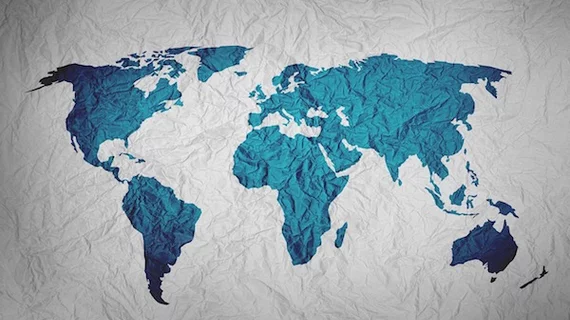China, Israel direct resources to imaging AI
China and Israel are global leaders in artificial intelligence (AI) image analysis technology because of government support and industry collaboration, according to a recent Forbes article.
China’s State Council outlined a plan to make domestic AI worth $150 billion by 2030—and the country fell into line. China's largest investment companies have poured money into the endeavor. Tech giant Alibaba took a 25 percent stake in Wanliyun Medical Information Technology to the tune of $35 million. It’s now in the top 10 globally funded medical image analysis AI companies.
One company, Huiying Medical Technology, has partnerships with more than 700 hospitals in China, improving access to data to train AI algorithms.
“Ask any U.S. based medical imaging AI startup the same question, and it would be surprising if the figure reached 100,” wrote Reenita Das of Forbes.
Israel has done surprisingly well for a country of its size, according to the report. The transfer of military advances in computer vision to medical applications is likely one reason. The country also claimed one of the earliest U.S. Food and Drug Administration approved AI algorithms.
Read the entire Forbes story below.

